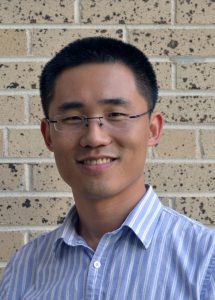
Despite the significant academic interest in them and their richness in nature, antiferromagnets have always been overshadowed by ferromagnets in real-life applications based on magnetism or spintronics. This is primarily due to the fact that antiferromagnet order parameters, in contrast to the ferromagnetic magnetization, are only weakly coupled to magnetic fields, and are hence difficult, in conventional view, to be probed and manipulated. In this talk I will discuss some recent theoretical and experimental developments that counter this conventional wisdom, in a class of antiferromagnets that have stable noncollinear magnetic orders. As an introduction I will talk about the discovery of the anomalous Hall effect (AHE), which is the voltage perpendicular to the current or electric field direction in the absence of external magnetic fields and has been conventionally assumed to exist only in ferromagnets, in noncollinear antiferromagnets. I will then explain how the conventional spin Hall effect can be understood as a local response function involving spin density and charge current in a quantum kinetic theory. Using this approach we are able to explain the recent experimental discovery of the time-reversal-symmetry-breaking counterpart of the conventional SHE in the noncollinear antiferromagnet Mn3Sn, which we call the magnetic spin Hall effect (MSHE). Finally I will present our most recent findings on the giant field-like spin-orbit torques induced by the MSHE in Mn3Sn.
 The College of Arts
The College of Arts